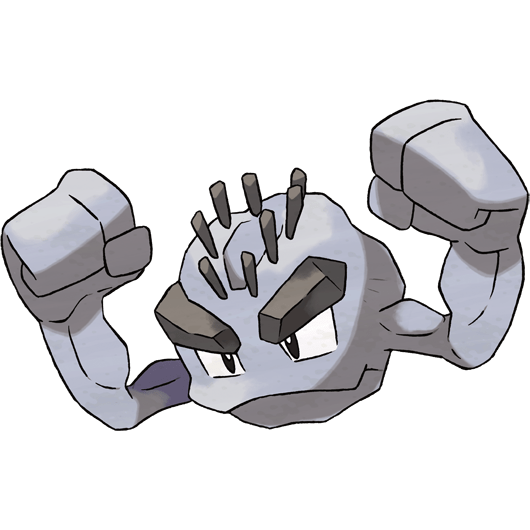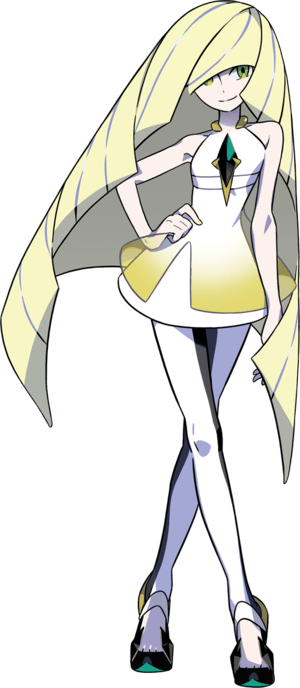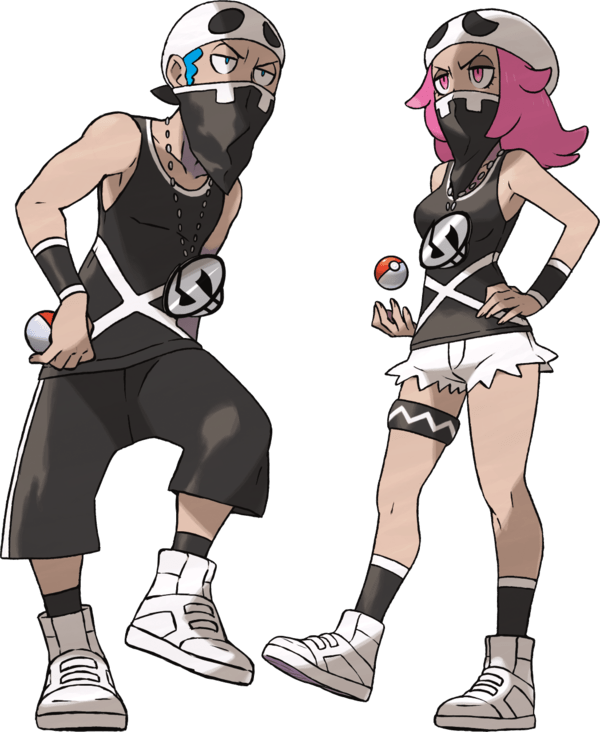
As part of my eternal contract of service to the Dark Council of my highest-tier Patreon supporters (to whom special thanks, and a mighty tribute of souls and magic, are as always due), I regularly solicit topics from them to discuss in longer articles – and once again, that time has come. Today I’m supposed to be talking about the (so far) three generational flagship mechanics of the Pokémon games – X and Y’s Mega Evolution, Sun and Moon’s Z-Moves and Sword and Shield’s Dynamax – in all their aspects, both how they practically work in the game and how they influence the story and lore of their worlds. “Flagship mechanics” is my own term for these, I don’t think I’ve seen anyone else say it, but I like it better than “gimmicks” because I think it’s a better reflection of what the developers seem to want them to be, so I’m gonna keep using it, and you all just have to deal with that because… it’s my blog, so shut up.
Let’s start with a summary for people who might not be familiar with one or more of the games that introduced and featured these mechanics:
Continue reading “Pokémon’s Generational “Flagship Mechanics””




